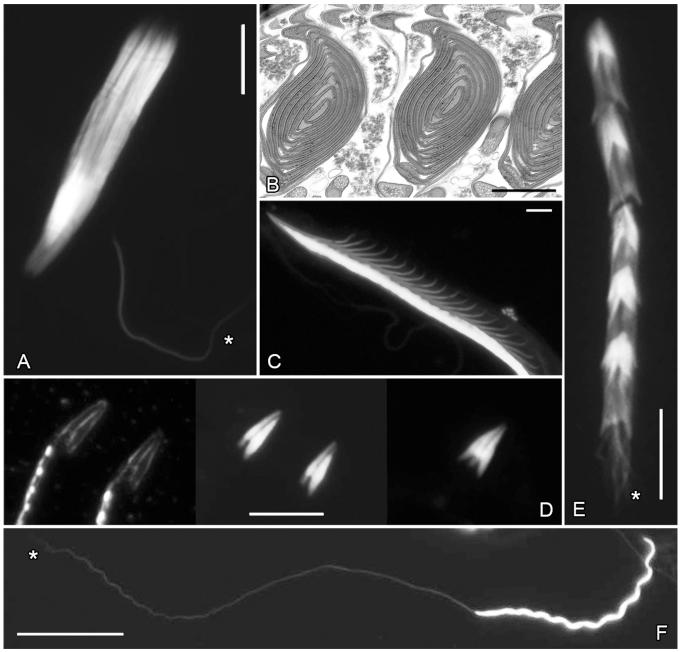Figure 1. Head shape and conjugation in diving beetles.
(A) Elongate heads of Iybius oblitus form sperm aggregates and surround second sperm morph with broad heads (faintly visible as region of higher intensity fluorescence). (B) The cone-shaped heads of Neoporus undulatus stack together with the tip of one sperm head slips into the pocket at the base of another to form orderly stacks. In cross-section, rouleaux have an onion-like appearance with the sperm heads forming concentric circles (seven sperm heads are visible in each of the conjugates). (C) Fluorescent image of a N. undulatus rouleau. Large basal spurs of each sperm head are clearly visible projecting along one edge of the conjugate. (D) Composite darkfield and fluorescence image of the broad, flat sperm heads of Hydaticus bimarginatus. In the seminal vesicles of males, the sperm heads align anti-parallel to each other and conjugate to form pairs (far right panel). (E) Heterospermatozeugmata in Ilybius larsoni. Within the seminal vesicles of males elongate headed sperm (indicated by *) slip into the pocket of an individual broad headed sperm to form sperm aggregates. During or after transfer to the female, some of the broad headed sperm associate with each other becoming highly structurally and functionally (see Movie S1) reminiscent of rouleaux. (F) A heterospermatozeugmata of Derovatellus peruanus. Broad heads form a rouleaux with an overall helical shape. A second sperm morph, with very elongate heads, is attached to the tip of the rouleaux (indicated by *). Broadly triangular and elongate head shapes are common in diving beetles. Fluorescent images of DAPI or Hoechst’s stained sperm heads (A, C – F); transmission electron micrograph (B) and darkfield image in the left panel of (D). Flagella not visible in the fluorescent images. An asterisk indicates the elongate sperm morph in sperm heteromorphic species. Scale bars A, C – F = 10 μm, B = 1 μm.

